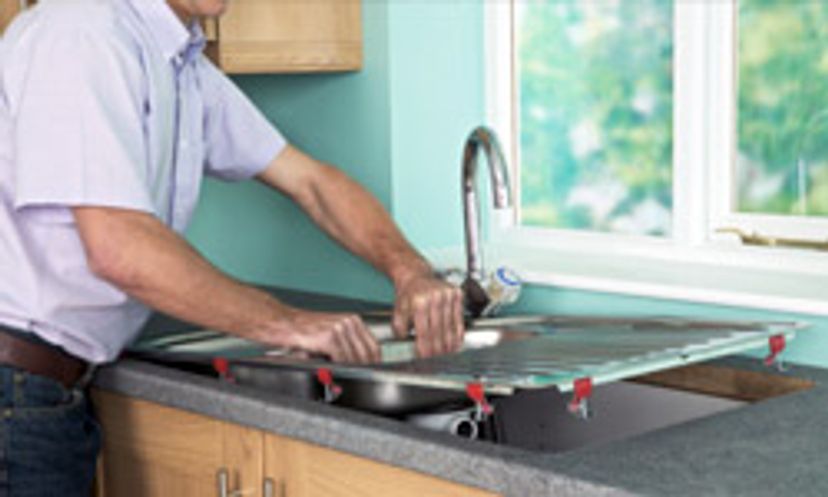
About This Quiz
Most of us couldn't live without our coffee maker, let alone our fridge or -- perish the thought -- even our toilet. These spoils of modern civilization are truly marvels of technology.The net effect of an entire AC unit inside a room would be that the temperature of the room would go up. This is because the unit puts out more heat than cool air overall.
This was a tricky one! Although plastic shouldn't go on the bottom rack because of the high heat there, it's probably safe on the top rack. Wood and cast iron, however, should be hand washed only.
The tubes can get clogged with calcium. This is especially true of the aluminum heating tube. A good way to solve this problem is to run vinegar through the machine once, and then run two batches of water through to flush out the vinegar.
Advertisement
Microwaves cook food by exciting water molecules, as opposed to heating the air inside.
The curved tube behind the bowl, known as the siphon, keeps the water level steady in this scenario. It also allows you automatically flush a toilet by dumping a few gallons of water in at once.
The preferred temperature is somewhere between 35 and 38 degrees F (1.7 and 3.3 degrees C). Higher temperatures will cause foods to spoil too quickly. It also presents food-poisoning problems, as described in several of the links below. Lower temperatures will cause foods to freeze.
Advertisement
The coils on the back of the refrigerator let the hot ammonia refrigerant gas dissipate its heat. The ammonia gas condenses into ammonia liquid at high pressure.
Gas burners provide instant heat, and cooks have greater control over the temperatures, so they're generally more energy efficient than their electric competitors
A toaster uses infrared radiation to heat a piece of bread. When infrared is absorbed, it results in atomic motion, and therefore, a rise in temperature.
Advertisement